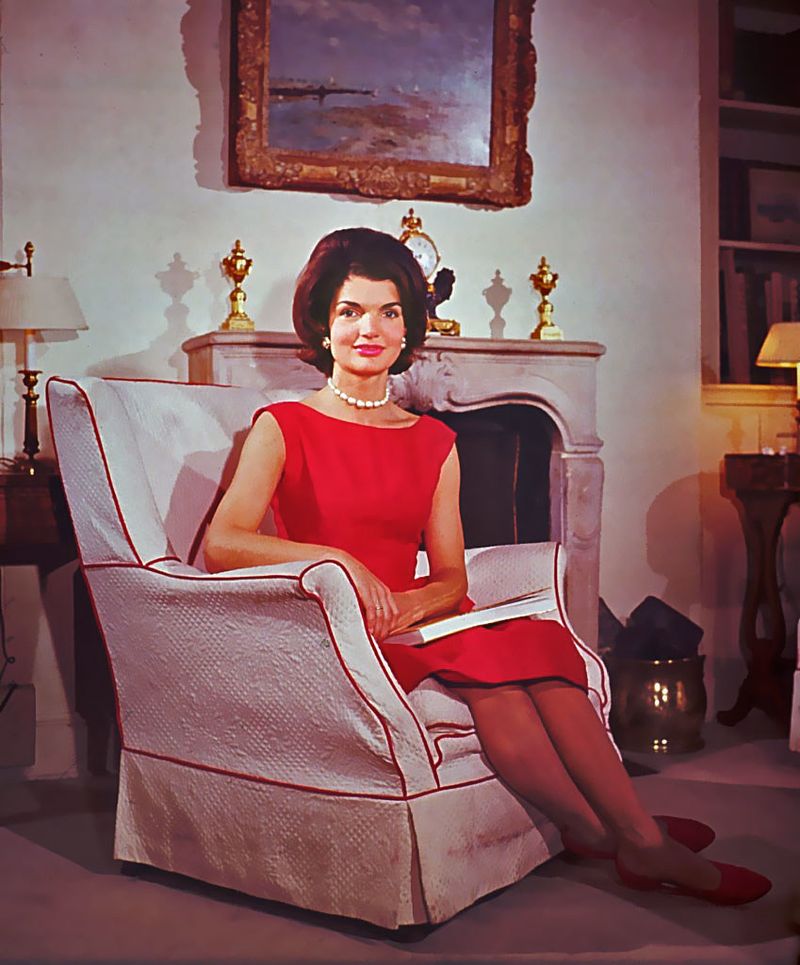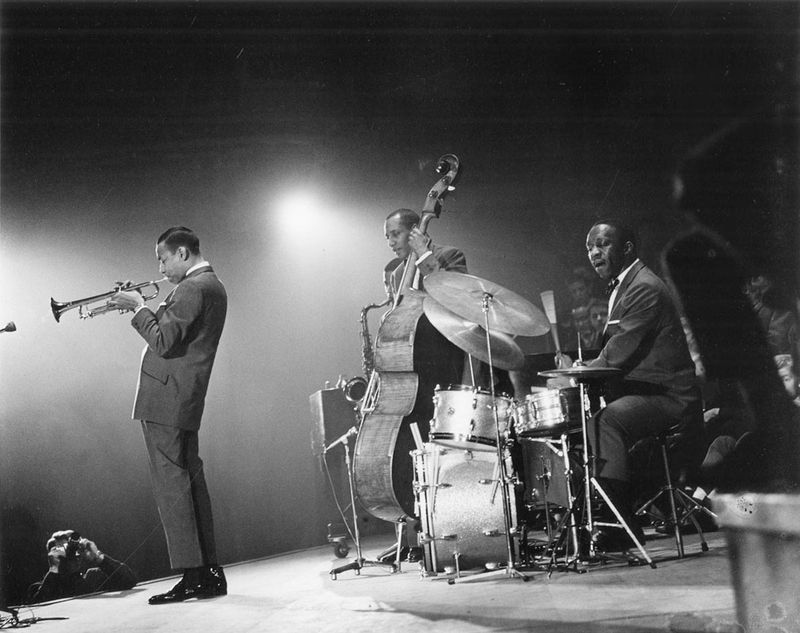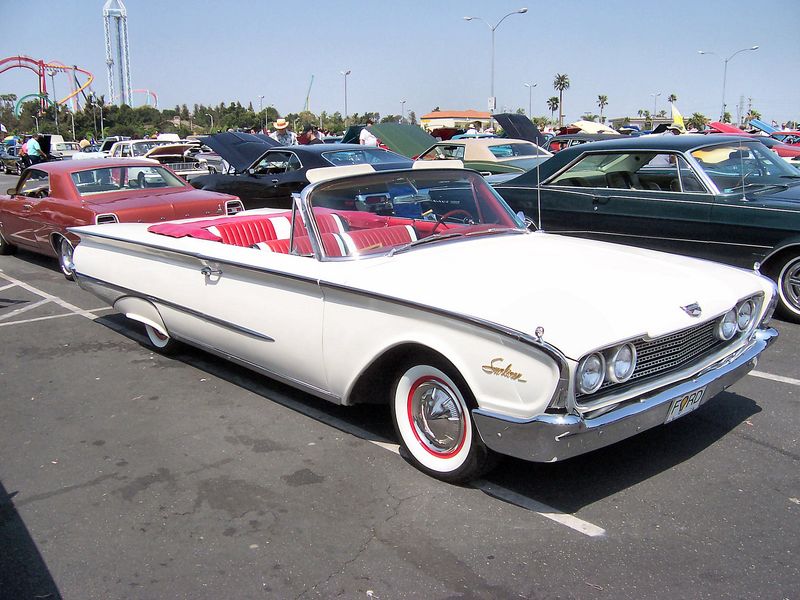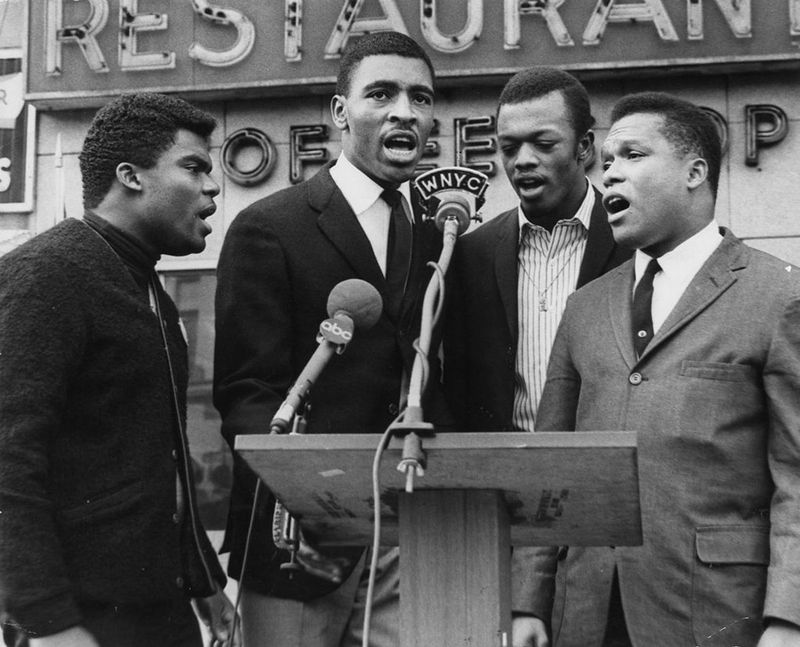Life in the 1960s was a blend of simplicity and transformation. It was a time when families gathered around the TV for evening shows, milk was delivered to your doorstep, and neighbors stopped by unannounced just to chat. Kids played outside until the streetlights came on, and phones were firmly attached to walls.
But it wasn’t all Leave It to Beaver. The 1960s also saw cultural shifts that redefined “normal.” Civil rights marches, space exploration, and a growing youth culture began to challenge traditional norms. Rock ‘n’ roll blared from record players, while diners and drive-ins were the heart of social life.
What did it mean to live a “normal” life during this pivotal decade? It was a mix of tradition and change, where everyday routines met a world on the cusp of revolution. Let’s step back in time and explore the heartbeat of the 1960s.
Family Life

Family life in the 1960s centered around the home. Most families were nuclear, consisting of parents and children. Fathers were often the breadwinners, while mothers took on the role of homemakers.
Evenings were spent together, perhaps watching television or enjoying a home-cooked meal. Sundays often meant attending church and family gatherings.
This era emphasized strong family values and the importance of togetherness. Despite societal changes, families strived to maintain stability and unity. The 1960s family experience was foundational, shaping future generations in both tradition and modernity.
Fashion Trends

Fashion in the 1960s was vibrant and expressive. The decade saw a shift from conservative styles to more daring and colorful designs.
Women embraced mini skirts, bold patterns, and mod dresses, reflecting newfound freedom and self-expression. Men’s fashion also evolved, with slimmer suits and casual wear becoming popular.
This period was significant for breaking traditional fashion norms, allowing individuals to showcase their personalities through attire. The influence of music and film played a pivotal role in shaping these trends, making 1960s fashion iconic and memorable.
Music and Entertainment

Music and entertainment defined the 1960s era. The rise of rock ‘n’ roll and bands like The Beatles transformed the music scene.
Teenagers flocked to dance halls and diners, where jukeboxes played the latest hits. Television also became a central form of entertainment, with families gathering to watch popular shows.
Music festivals emerged, bringing together diverse audiences. This decade marked a cultural revolution, with entertainment influencing social norms and youth identity. The 1960s soundtrack continues to resonate, reminding us of the decade’s energetic and rebellious spirit.
Transportation

Transportation in the 1960s saw remarkable changes. The rise of private car ownership provided freedom and convenience.
Suburban development meant families relied more on cars for commuting and leisure. The interstate highway system expanded, connecting cities and fueling road trips.
Public transport also evolved, with buses and trains remaining essential. This era was pivotal in shaping modern transportation infrastructure, emphasizing mobility and exploration. Cars became symbols of status and independence, reflecting the aspirations of the 1960s lifestyle.
Social Movements

The 1960s were a period of significant social change. Civil rights, gender equality, and anti-war movements gained momentum.
Activists organized protests and marches, challenging societal norms and advocating for justice. These movements brought diverse groups together, fostering a sense of unity and purpose.
Social change was not without resistance, but the decade laid the groundwork for future progress. The 1960s spirit of activism inspired generations, highlighting the importance of standing up for one’s beliefs. This era remains a powerful testament to the potential for societal transformation.
